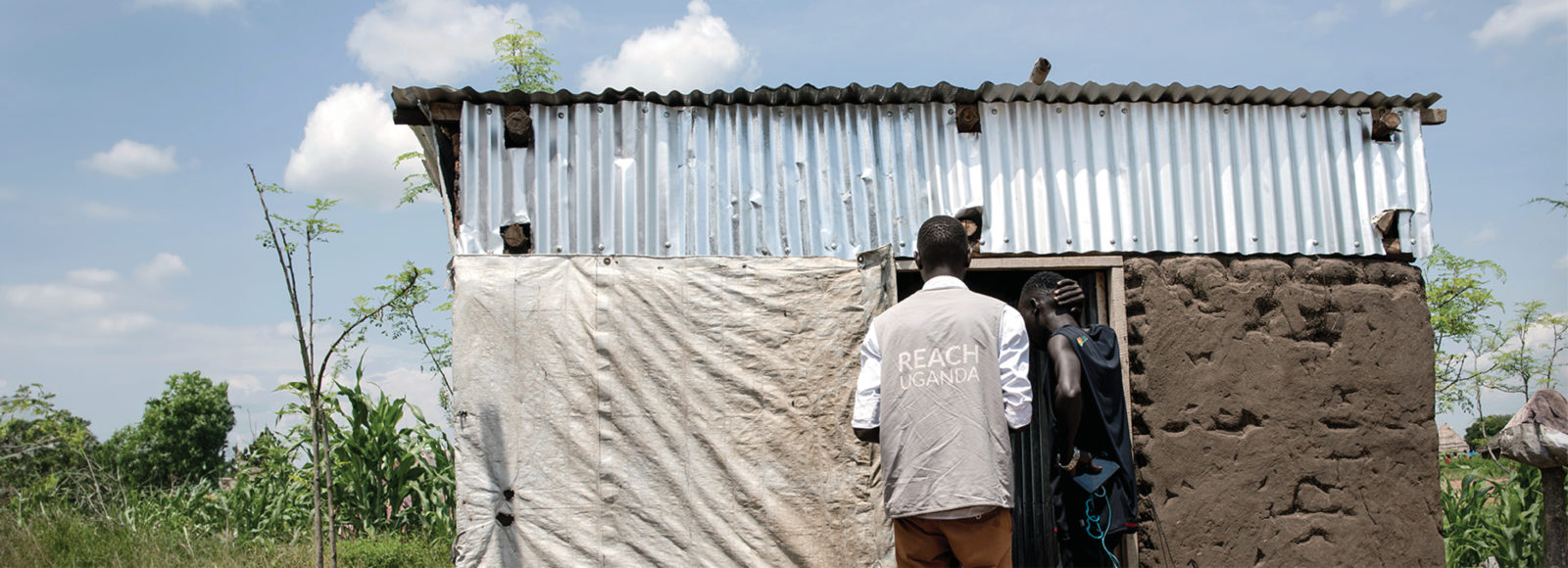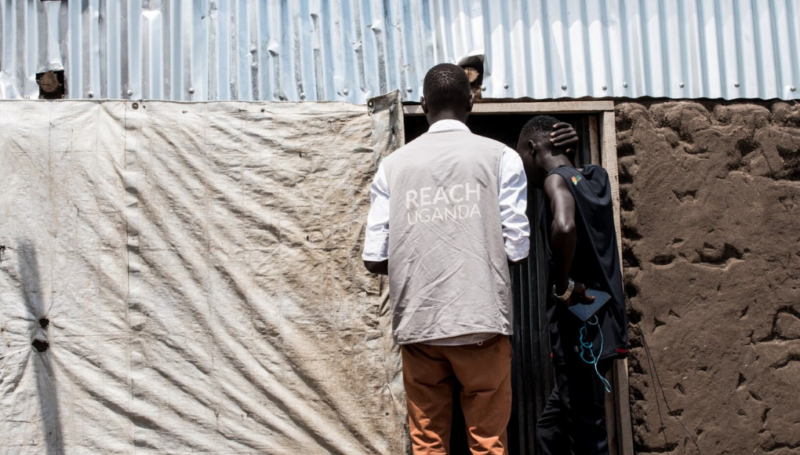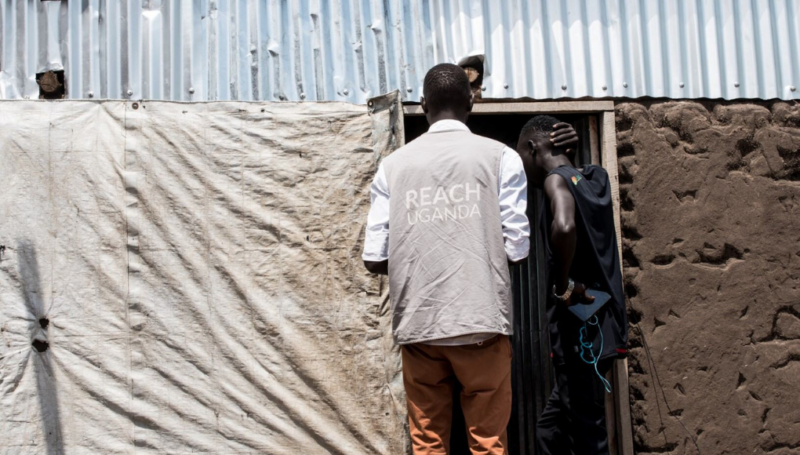Today is World Refugee Day, designated by the UN and observed annually since 2001, to honour refugees around the world and advocate for their rights.
Forced to flee their homes due to armed conflict, violence, climate change, or other disasters, many refugees must also grapple with access to dignified and sustainable livelihoods, uncertainty regarding their legal rights and status, language barriers, and integration within their new communities. In addition, with more than 60% of the world’s refugees residing in urban areas, and 85% of refugees residing in lower-income countries, services and institutions in hosting countries also grow increasingly stretched as displacement becomes more protracted.
To inform refugee response actors – such as humanitarian and development aid organisations, host governments, local and civil society organisations, and donor agencies – in the planning and delivery of critical assistance to refugees and their host communities, IMPACT collects a range of primary data and conducts in-depth analysis about acute needs, vulnerabilities, resilience capacities, intentions, and feasibility of various durable solutions. In this article, we highlight a few examples from some of the largest refugee crises globally.
Bangladesh
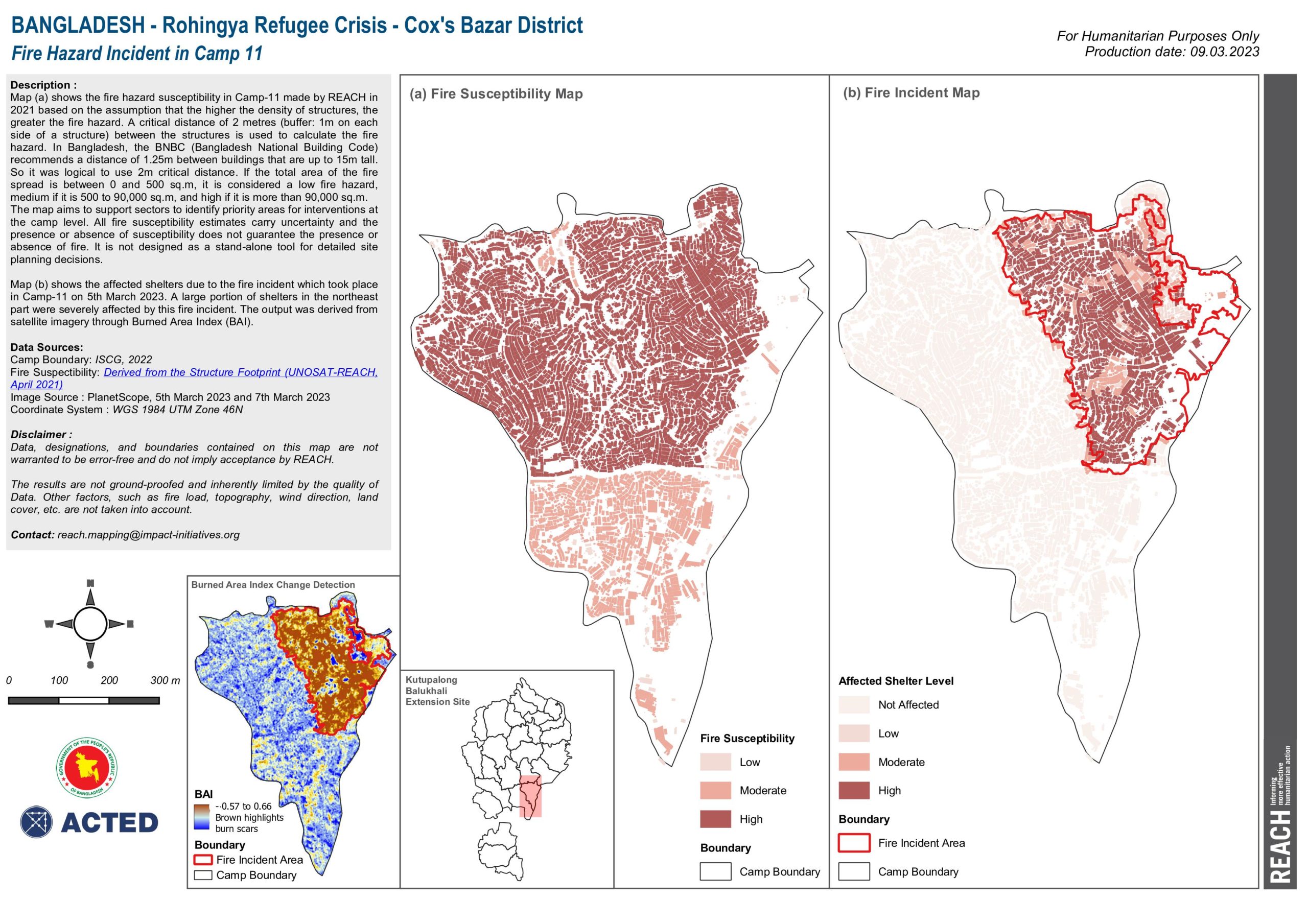 Following successive waves of displacement caused by violence in Rakhine State, Myanmar, more than 700,000 Rohingya refugees have fled to Cox’s Bazar District in Bangladesh. Refugees have settled in overcrowded, unplanned settlements, vulnerable to cyclones and monsoon rains. The crisis has also affected Bangladeshi host communities, placing pressure on services and social cohesion.
Following successive waves of displacement caused by violence in Rakhine State, Myanmar, more than 700,000 Rohingya refugees have fled to Cox’s Bazar District in Bangladesh. Refugees have settled in overcrowded, unplanned settlements, vulnerable to cyclones and monsoon rains. The crisis has also affected Bangladeshi host communities, placing pressure on services and social cohesion.
Overcrowding in camps also has implications for fire risk— for example, the 5 March fire hazard incident in Camp 11. REACH published two maps showing the fire susceptibility and incidence on shelters. Findings show that the northeast part of camp 11 was severely affected by the fire. High resolution map here.
Kenya
Kenya hosts a large number of refugees and asylum seekers from the region: the largest, Dadaab, was established in 1991 to host people fleeing the civil war in Somalia, with more than 200,000 people registered in the camp as of 2020. Kakuma was similarly established in 1992, and at present hosts more than 190,000 refugees primarily from South Sudan (32%), Somalia (31%) and DRC (13%). The country must also contend with fragile ecosystems and drought-prone climate conditions, impacting food security and livelihoods of both refugees and the wider Kenyan population.
Last year’s Multi-Sector Needs Assessment (MSNA) in Kakuma found that populations living in the camp complex are experiencing poor food consumption as well as security issues, compounded by high food prices and reduced food assistance. Also, a lack of access to essential services was also reported for unregistered community members. Kakuma is located in Turkana County, which has seen particularly alarming malnutrition rates and growing food insecurity, following five consecutive failed rainy seasons across the region. Read the full report here.
Libya
Libya has been coping with protracted conflict and a complicated socio-political climate since 2011. The 2022 Humanitarian Needs Overview for Libya indicated that 800,000 people were in need of humanitarian assistance. Nevertheless, Libya remains a destination and transit country for refugees and migrants, both due to available job opportunities and as a means of reaching safer destinations, including in Europe. Forty-three thousand refugees were registered in Libya in 2022, and they remain subject to human rights violations including arrest and detention in inhumane conditions, forced labour, torture, and sexual violence.
Indeed, according to the 2022 MSNA, more than a quarter (27%) of refugee respondents were found to have a protection need, and nearly half of all respondents reporting having at least one obstacle to accessing legal documentation. Documentation challenges can impact access to services in other sectors like health and education, as well as accessing assistance and limiting freedom of movement. Read the key finding overview and factsheet.
Uganda
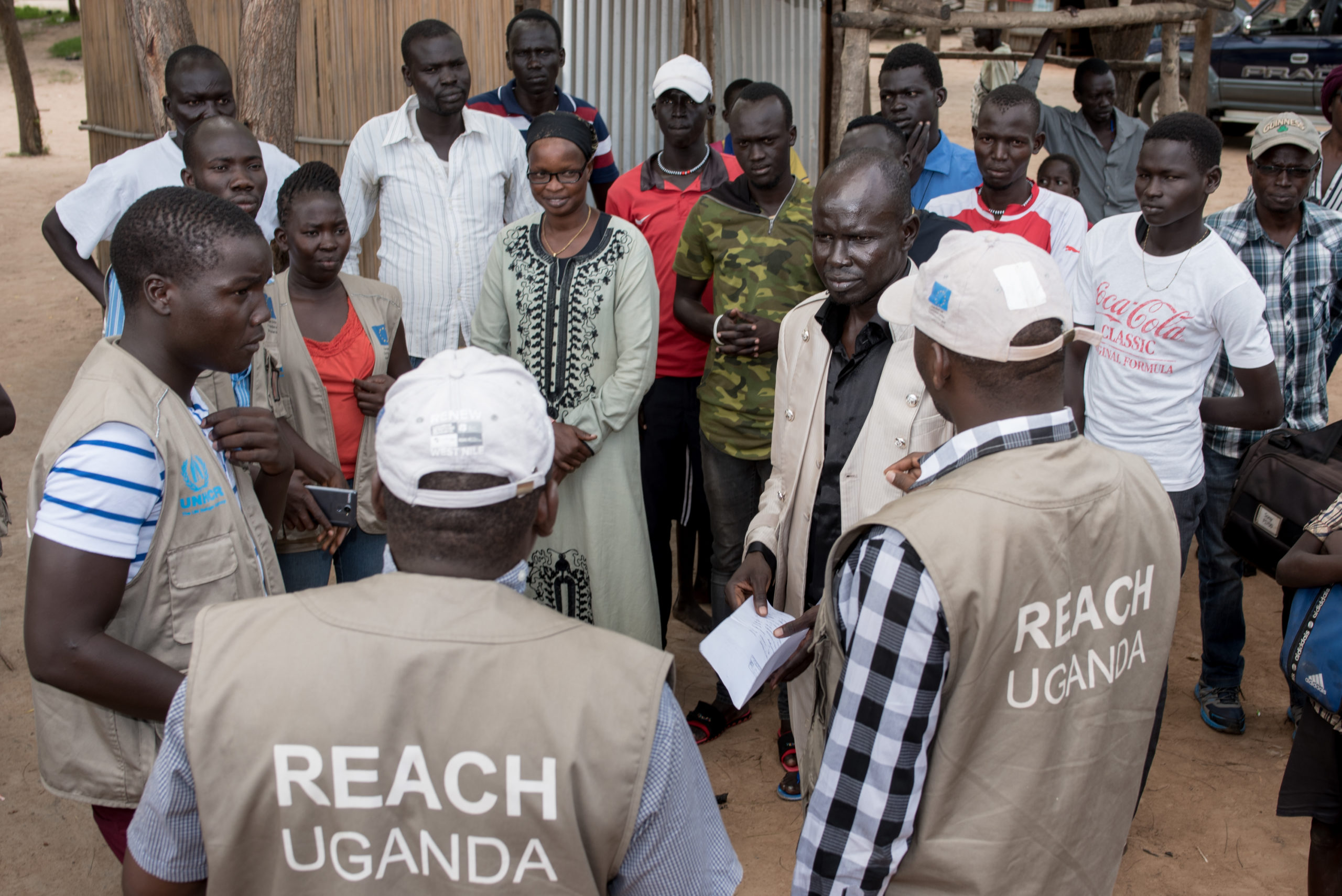 Uganda has long history of hosting refugees, due in part to its progressive refugee policies and relative stability in the region. The country currently hosts around 1.5 million refugees, primarily from South Sudan, the Democratic Republic of Congo, and Burundi. However, the refugee crisis is growing increasingly protracted, with both host communities and refugees struggling to obtain self-resilience through sustainable livelihoods and safe coping strategies. The situation is further exacerbated by persisting vulnerabilities and a reduction of humanitarian funding.
Uganda has long history of hosting refugees, due in part to its progressive refugee policies and relative stability in the region. The country currently hosts around 1.5 million refugees, primarily from South Sudan, the Democratic Republic of Congo, and Burundi. However, the refugee crisis is growing increasingly protracted, with both host communities and refugees struggling to obtain self-resilience through sustainable livelihoods and safe coping strategies. The situation is further exacerbated by persisting vulnerabilities and a reduction of humanitarian funding.
According to a recent study by the U-LEARN Consortium, of which we are a member 54% of refugees in assessed settlements were found to have poor or borderline food consumption scores, due to limited access to formal financial services, markets and lands – key structural barriers to resilience explored in the study. In addition, urban refugees were found to be relying on unstable income generation, or relying on remittances/ informal support from friends and family. Read the full report here.
Ukraine
To date, nearly 6 million refugees from Ukraine are recorded in Europe, following the invasion of Ukraine in February 2022. The majority have settled in neighbouring countries, including in Poland (nearly one million people) and Romania (around 135,000 people). Given that many refugees from Ukraine have been women and children, humanitarian and government actors have required information about protection needs and risks that displaced families with children have been facing.
To inform these actors, IMPACT, in partnership with Save the Children, conducted a protection needs assessment among refugees in Poland and Romania. Key findings from the Romania study indicate that unmet needs most cited by children were access to peer activities (16%), health services (13%), and education (7%). Linked to this, 13% of caregivers reported that they would like more information about how to access services for children. The main barriers cited by caregivers reporting that their children couldn’t access one or more services were unavailability of staff (36%), long waiting time (36%), and cost of services (31%). Read the full Romania finding brief here.





